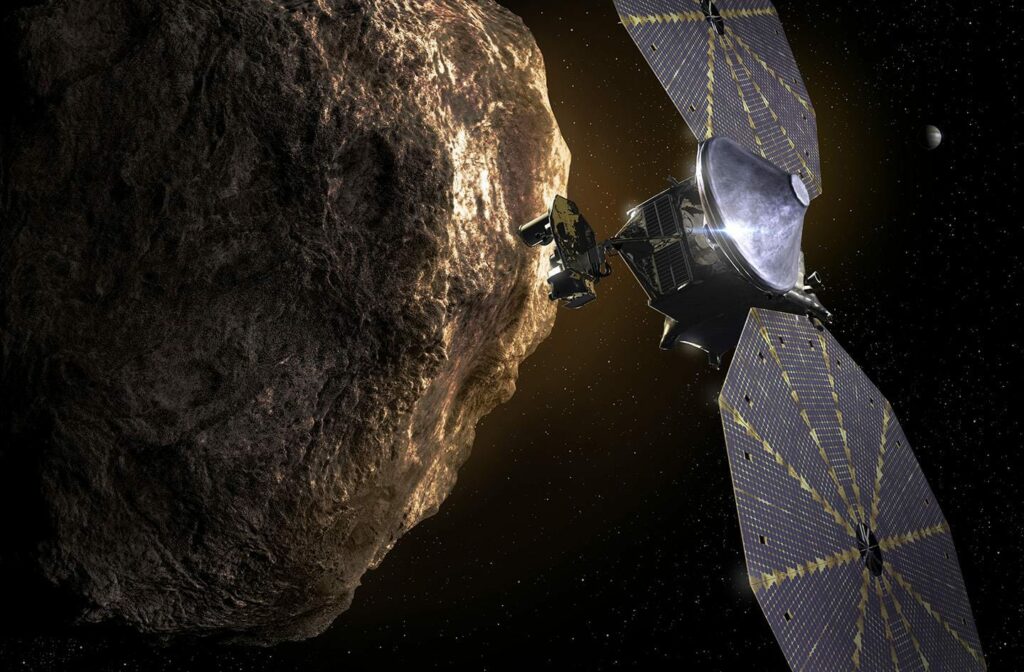On the night of May 15-16, Earthlings were able to see a total lunar eclipse. Observers took many beautiful photos of this celestial show — both from the surface of our planet and from the ISS. But, the most unusual shots of the event were received by the NASA apparatus, which was at that moment at a distance of millions of kilometers from Earth.
It’s about the Lucy probe. At the time of the eclipse, it was 100 million km from Earth, which is equivalent to about 70% of the distance between our planet and the Sun. Despite such a long distance, the mission specialists decided to use the L’LORRI high-resolution camera installed on board the probe to try to photograph the eclipse.
L’LORRI managed to cope with the assigned task. By combining the images taken by the camera, NASA specialists have created a unique time lapse showing the “disappearance” of the Moon. Of course, in reality, the moon did not go anywhere — it was simply hidden by the earth’s shadow. The time lapse covers a time interval of three hours.
Lucy’s Mission
The Lucy probe was launched in October last year. It is designed to study Trojan asteroids in the Jupiter orbit. The mission plan is designed for 12 years, during which Lucy will have to visit at least 8 small bodies of the Solar System.

After the launch of Lucy, one of the probe’s two solar panels failed to snap. On May 9, the mission’s specialists attempted to deploy it to the end. Currently, engineers are studying the telemetry of the probe to decide whether to continue the procedure.
According to https://www.nasa.gov
Follow us on Twitter to get the most interesting space news in time
https://twitter.com/ust_magazine

